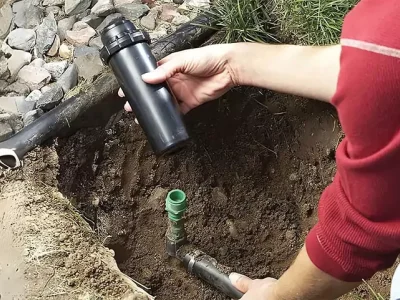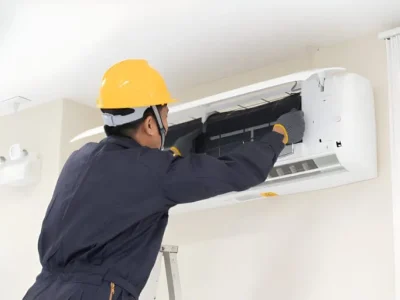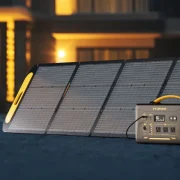Air conditioners utilize refrigeration to cool interior air, benefiting from an exceptional physical law: When a liquid converts to a gas, in a process called stage conversion, it absorbs heat. AC system exploits this function of phase conversion by forcing special chemical substances to evaporate and condense over as well as over once more in a shut system of coils.
To hire a reputed air conditioning service company, please contact Abacus Air Conditioning Services.
The substances involved are cooling agents that have properties enabling them to change at fairly reduced temperature levels. Air conditioners additionally have fans that relocate cozy interior air over these cold, refrigerant-filled coils. In fact, central air conditioners have a whole system of air ducts developed to funnel air to and from these serpentine, air-chilling coils.
When hot air flows over the cool, low-pressure evaporator coils, the refrigerant inside soaks up warmth as it transforms from a fluid to an aeriform state. To keep cooling efficiently, the AC unit needs to convert the cooling agent gas back to a liquid once more. To do that, a compressor places the gas under high pressure, a procedure that develops unwanted warmth. All the added warmth produced by compressing the gas is then evacuated to the outdoors with the aid of the second set of coils called condenser coils, and a second fan. As the gas cools, it alters back to a liquid, as well as the procedure starts throughout once more. Consider it as an unlimited, sophisticated cycle: fluid cooling agent, phase conversion to a gas/warmth absorption, compression, as well as phase change back to a liquid once more.
It’s easy to see that there are two unique things taking place in an air conditioning unit. Refrigerant is chilling the indoor air, and the resulting gas is being continuously compressed and cooled for conversion back to a liquid again.
Amazing the Green Method
The chemical composition of contemporary cooling agent substances has actually changed over the last few decades as an outcome of ecological worries as well as international treaty arrangements like the Montreal Procedure. Older refrigerant solutions including chlorine atoms that had the prospective to harm the ozone layer have gradually been terminated in favor of more eco-friendly coolants.
Visit our website to learn more.













Comments